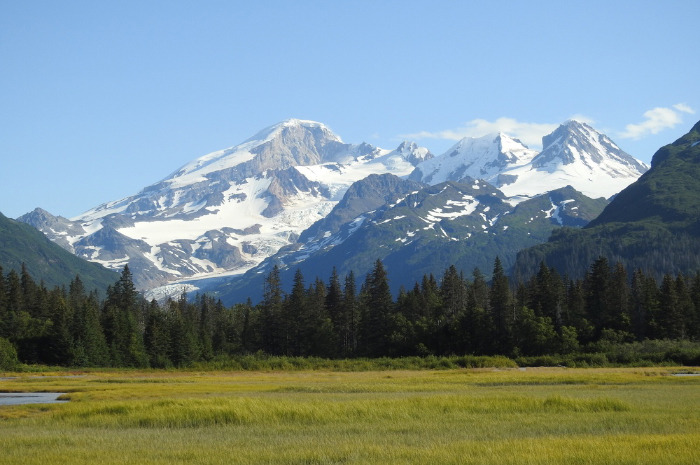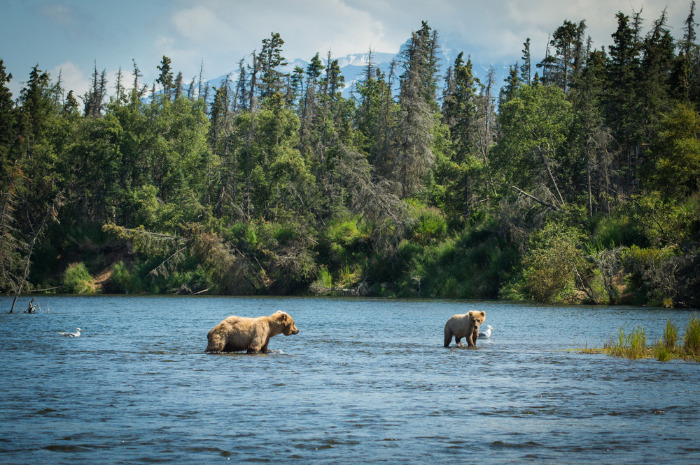The Most Uncrowded National Parks In Alaska
In order to explore the remotest corners of the Last Frontier, you'll have to be well-versed in backcountry survival, but if you still want to answer the call of the wild, you can bet on fewer run-ins with other visitors and more alone time in nature at these stunning parks.
1. Gates of the Arctic National Park and Preserve (Bettles, Alaska)
Visitors in 2016: 10,047
Size: 8.4 million acres
With zero trails or roads, you'll have to reach this vast park, located above the Arctic Circle, via plane or boat, but you'll experience a pristinely intact and diverse arctic ecosystem like no other. Within the park, you'll come across wild rivers, caribou and glacier-carved valleys. You're practically guaranteed solitude—there's no cell service, and you'll likely not see another human within the park besides your pilot dropping you off and picking you up.
2. Kobuk Valley National Park (Kotzebue, Alaska)
Visitors in 2016: 15,500
Size: 1.8 million acres
This remote and wild park, entirely above the Arctic Circle, also requires that you be self-sufficient and safety-conscious, as there are no services or roads within the park. You'll have to arrive by plane, but the somewhat complicated travel arrangements are worth it—you'll get to see the Great Kobuk Sand Dunes (some rising as much as 100 feet high) and possibly witness caribou migrating—500,000 caribou criss-cross the dunes as they migrate through every year (north in the spring, south in the fall).
3. Lake Clark National Park and Preserve (Port Alsworth, Alaska)
Visitors in 2016: 21,102
Size: 4 million acres
This remote park features a rugged volcanic and partly glaciated landscape, and while it's not on the road system (meaning boat or plane are your only options for going there), it offers an opportunity to take in its unique, breathtaking beauty. Besides Lake Clark activities such as kayaking and sockeye salmon fishing, you can explore the other 4 million acres with hiking, bear watching and biking.
4. Katmai National Park and Preserve (King Salmon, Alaska)
Visitors in 2016: 37,818
Size: 4.1 million acres
If you're looking to watch brown bears snag salmon as they swim upstream, Katmai is where you want to go. The park, which also can't be accessed by car, was originally created to protect the (active!) volcanic region of the Valley of Ten Thousand Smokes, but it's now also an important habitat for salmon and thousands of brown bears. While it's still remote, it offers many more options for lodging and services within and just outside the park.
5. Wrangell-St. Elias National Park and Preserve (Copper Center, Alaska)
Visitors in 2016: 79,047
Size: 13.2 million acres
Wrangell-St. Elias is the largest U.S. National Park—it's the same size as Yellowstone, Yosemite and the country of Switzerland combined. Its landscape (and temperatures) varies greatly, as it stretches from the ocean to 18,000 feet on Mount St. Elias. Within the park and preserve, you can camp, mountain climb (35 of the 70 tallest mountains in Alaska are within the park), take float trips down the rivers or visit Kennecott, an abandoned mining town which is now a national historic landmark. And while a little rugged, this park does at least offer (dirt) roads into the park, so you can access it by car or shuttle.





